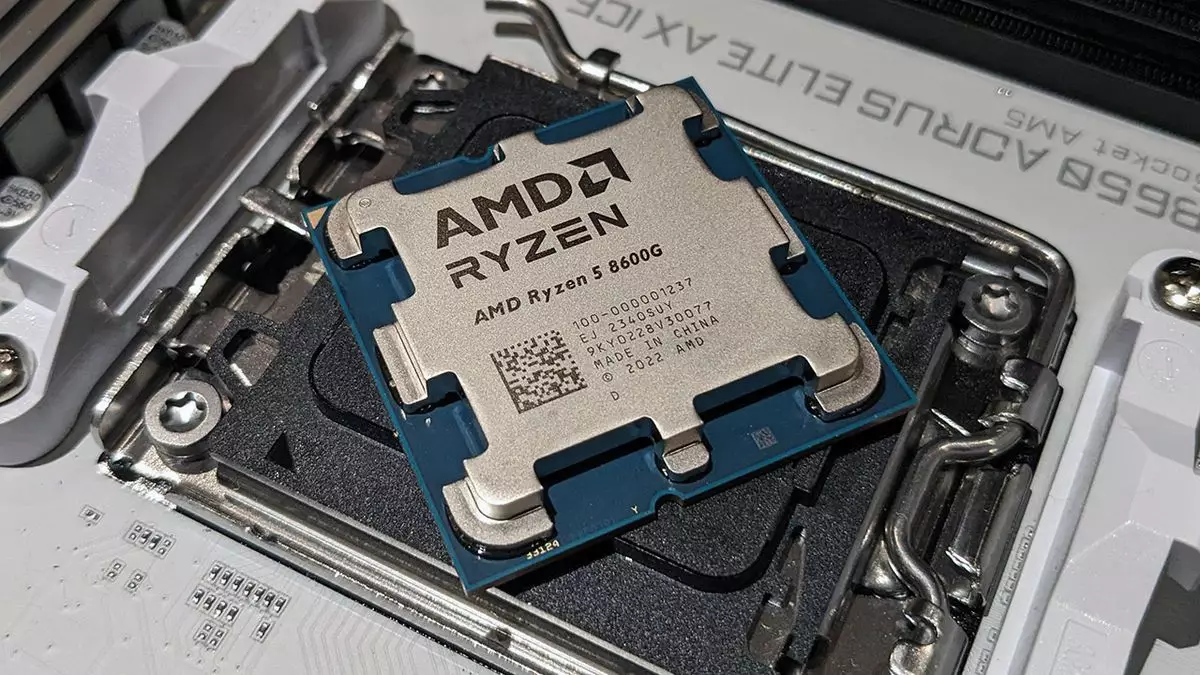Gone are the days when component naming schemes were straightforward and easy to understand. The recent spotting of AMD Ryzen Pro 7300G and 7500G chips serves as a reminder of just how convoluted and baffling these naming schemes have become. Manufacturers seem determined to keep consumers on their toes with their ever-changing and seemingly nonsensical naming conventions.
The appearance of the Ryzen Pro 7300G and 7500G chips is particularly perplexing. These chips deviate from the recent “G” SKUs, which have all been part of the 8000-series. The 7000G-series chips are a curious anomaly, leading many to speculate that they are pre-rebranded versions of the 8500G and 8300G chips. This suggests that AMD may have initially intended to include them in the 8000-series before ultimately rebranding them.
Adding to the complexity of AMD’s naming schemes are the introduction of “F” chips in the 8000-series lineup. The Ryzen 7 8700F and Ryzen 5 8400F chips are equipped with disabled graphics, essentially transforming them into CPUs. This move seems to mimic Intel’s nomenclature, further blurring the line between AMD’s CPUs and GPUs.
AMD’s post-7000-series chips take the form of the new Ryzen 9000-series, signaling a generation leap in their processor lineup. This advancement may also entail a corresponding shift in motherboard generation, with the expected release of 800-series motherboard chipsets to accommodate the 9000-series CPUs. Despite the continuing evolution of AMD’s product offerings, they have managed to maintain some semblance of coherence in their naming scheme, unlike their competitor, Intel.
In contrast to AMD’s efforts to streamline their naming conventions, Intel appears to be heading in the opposite direction. Intel’s decision to abandon the Core 15th Gen naming in favor of Core Ultra 200-series branding adds another layer of complexity to an already convoluted landscape. This shift from the Core Ultra 100-series branding further complicates the distinction between lower-power chips and more powerful mobile processors.
The world of component naming schemes is undoubtedly a confusing and ever-changing one. The introduction of the Ryzen Pro 7300G and 7500G chips serves as a stark reminder of the challenges consumers face in navigating the intricacies of modern processor and GPU offerings. As technology continues to evolve, it is essential for manufacturers to prioritize clarity and consistency in their naming conventions to avoid overwhelming consumers with unnecessary complexity. In an industry where innovation is constant, simplicity and coherence in product branding can make all the difference in helping consumers make informed decisions.


Leave a Reply